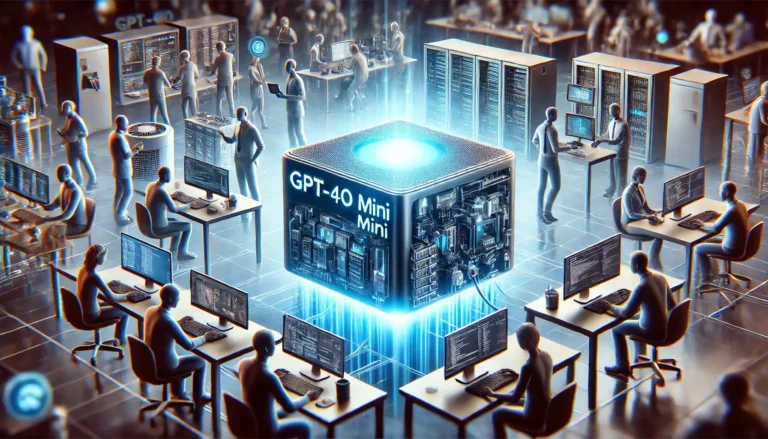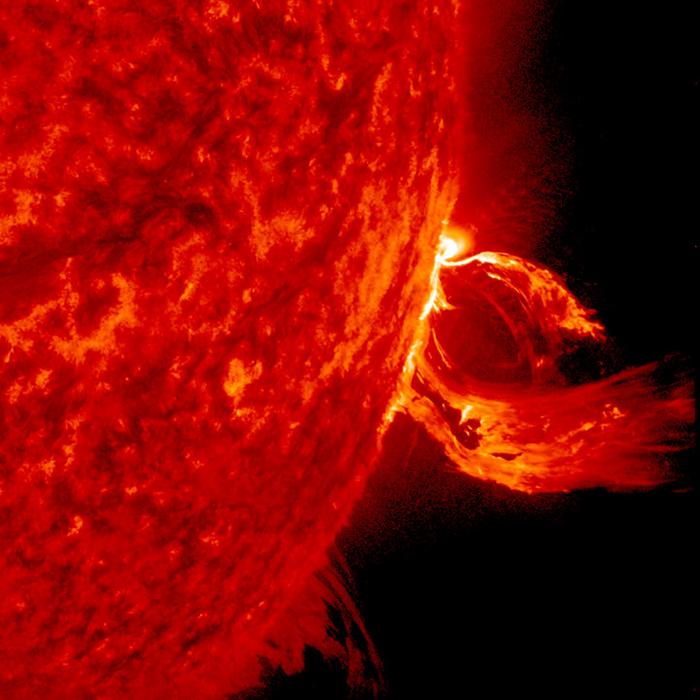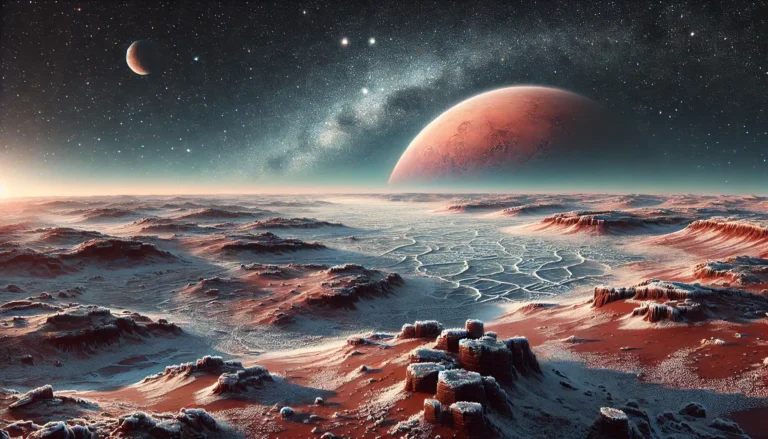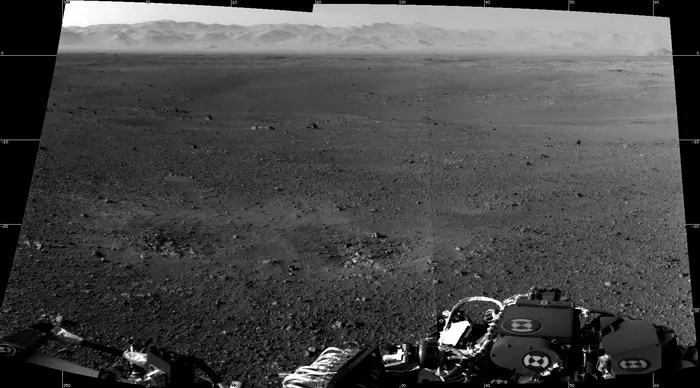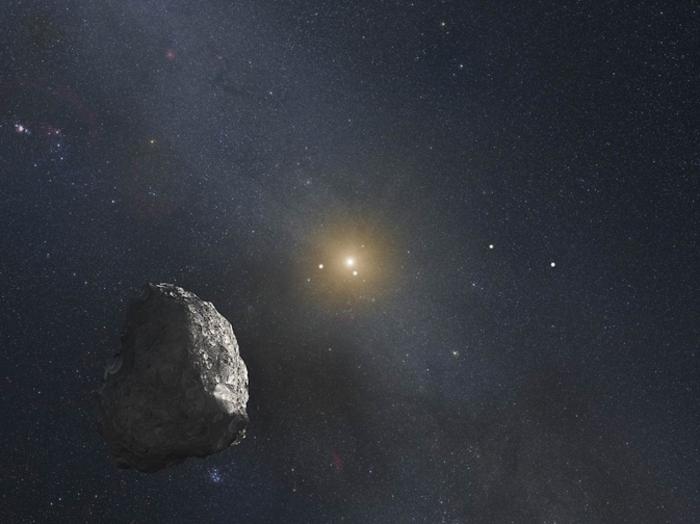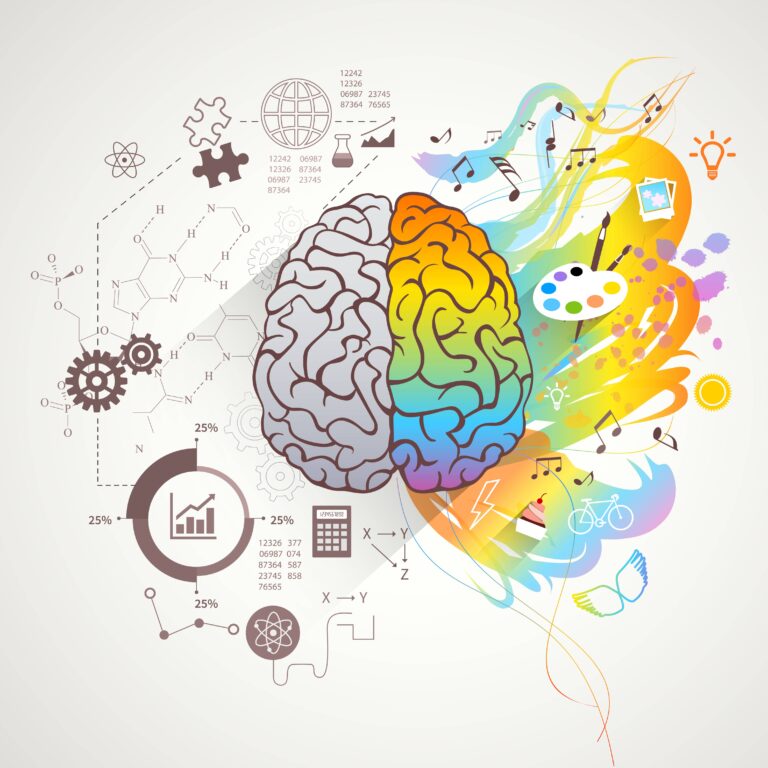In a startling revelation, fresh images from the James Webb Space Telescope have brought to light an extraordinary celestial spectacle within the Orion Nebula. This phenomenon challenges established astronomical paradigms and introduces us to a remarkable new discovery.
Orion Nebula: A Celestial Treasure Trove
The Orion Nebula, an ethereal expanse of dust and gas, stands as one of the most radiant nebulae in our night sky. Its distinctive shape, often likened to a sword, can be found within the Orion constellation, a staggering 1,300 light-years away from our home planet. Over the years, this nebula has tantalized astronomers with an assortment of celestial wonders, including planet-forming disks encircling youthful stars and enigmatic brown dwarfs—objects that bridge the gap between planets and stars.
Webb’s Revelation: Unprecedented Insights
Astronomers harnessed the power of the Webb telescope’s near-infrared camera, NIRCam, to capture intricate mosaics of the Orion Nebula, unraveling hitherto unseen intricacies and unexpected revelations.
In a remarkable turn of events, two astronomers, Samuel G. Pearson and Mark J. McCaughrean, scrutinized the short-wavelength image of the nebula, homing in on the Trapezium Cluster. This star-forming region, with an age of approximately one million years, teems with burgeoning stars and, intriguingly, brown dwarfs—stellar objects too minuscule to initiate nuclear fusion in their cores, thus falling short of becoming full-fledged stars. These brown dwarfs possess a mass accounting for less than 7% of our sun’s mass.

The Enigma of Jupiter Mass Binary Objects (JuMBOs)
In the quest to uncover low-mass, solitary objects, Pearson and McCaughrean made a startling discovery: pairs of planet-like objects, with masses ranging from 0.6 to 13 times that of Jupiter. These entities, nestled in the Orion Nebula, challenge fundamental astronomical theories.
These enigmatic celestial pairs have been christened “Jupiter Mass Binary Objects” or JuMBOs. Surprisingly, despite varying masses, they share approximate sizes, aligning closely with that of Jupiter.
A Cosmic Tango: JuMBOs in Pairs
In their search, astronomers encountered 40 pairs of JuMBOs and two triple systems, each locked in a wide orbit around one another. Remarkably, these objects maintain a staggering distance of about 200 astronomical units apart, equivalent to 200 times the Earth-Sun separation. The duration for a complete orbit around each other spans between 20,000 to 80,000 years. The JuMBOs’ temperatures span a range from 1,000 degrees Fahrenheit (537 degrees Celsius) to 2,300 degrees Fahrenheit (1,260 degrees Celsius). In astronomical terms, these gaseous entities are relatively young, boasting an age of around one million years, which pales in comparison to our solar system’s venerable age of 4.57 billion years.
A Glimpse into the Past: Luminous JuMBOs
McCaughrean, senior adviser for science and exploration at the European Space Agency, illuminates the age contrast, stating, “We are halfway through the life of the sun, so these objects in Orion are 3-day-old babies.” Despite their youthful age, they continue to emit radiant warmth due to their residual energy, enabling us to observe these celestial anomalies.
Unraveling the Cosmic Riddle
McCaughrean and Pearson have chronicled their discoveries in the Orion Nebula via the Webb telescope in two research papers, awaiting publication in academic journals. As for JuMBOs, countless questions remain unanswered, including their origin.
Challenging Astronomical Conventions
The prevailing theories of star and planet formation fail to account for the existence of JuMBOs. Are they rogue planets, meandering through space independently without the gravitational embrace of stars? The scenario appears improbable, as many rogue planets initially orbit stars before being ejected. The mystery deepens as we confront the possibility that pairs of JuMBOs were simultaneously expelled while maintaining gravitational ties to one another. In Pearson’s words, “Scientists have been working on theories and models of star and planet formation for decades, but none of them have ever predicted that we would find pairs of super low mass objects floating alone in space — and we’re seeing lots of them. The main thing that we learn from this is that there is something fundamentally wrong with either our understanding of planet formation, star formation, or both.”
Webb: The Instrument of Discovery
The Orion Nebula has long been a beacon for astronomers, and the growing sophistication of telescopes has unveiled ever more celestial wonders within it. Pearson underscores the pivotal role of the James Webb Space Telescope, describing it as “the most powerful infrared telescope that has ever been built.” Without Webb’s infrared capabilities, these observations would remain beyond our reach.
Unveiling JuMBOs’ Mysteries
Scheduled observations of the nebula in early 2024 hold the promise of unraveling more secrets about the atmospheric compositions of JuMBOs. Additionally, researchers aspire to ascertain precise measurements of their masses. Beyond the Orion Nebula, future research in different star-forming regions may shed light on whether JuMBOs are a phenomenon exclusive to this location.
The Cosmic Conundrum
In closing, the enigma of JuMBOs in the Orion Nebula beckons us to explore deeper into the universe’s mysteries. As Pearson aptly puts it, “The main question is, ‘What?! Where did that come from?’ It’s just so unexpected that a lot of future observations and modeling are going to be needed to explain it.”
- Why the Orion Nebula is so special? The Orion Nebula, also known as Messier 42 or M42, is special for several reasons:
- Proximity: It is one of the closest stellar nurseries to Earth, located approximately 1,300 light-years away in the Orion constellation. This proximity allows astronomers to study it in great detail.
- Visibility: The Orion Nebula is easily visible to the naked eye and is one of the brightest nebulae in the night sky. Its distinctive shape resembles a sword in the Orion constellation, making it a popular target for amateur astronomers.
- Stellar Birth: Within the nebula, new stars are actively forming from the surrounding gas and dust, providing insights into the processes of star birth and planetary system formation.
- Richness: It hosts a diverse array of celestial objects, including young stars, brown dwarfs, protoplanetary disks, and now, the recently discovered Jupiter Mass Binary Objects (JuMBOs), which challenge our understanding of planetary formation.
- Is the Orion Nebula bigger than the moon? No, the Orion Nebula is not bigger than the moon. While the Orion Nebula is an expansive region of gas and dust, it is spread out over a vast area in space. The apparent size of the Orion Nebula as observed from Earth is relatively small, and it appears as a fuzzy patch in the night sky. In contrast, the moon is much larger and closer to Earth, making it appear much larger and more prominent in our night sky.
- Are there planets in the Orion Nebula? Yes, there are planets in the Orion Nebula, but they are not easily observable within the nebula itself. The Orion Nebula is a stellar nursery where new stars are forming, and as a result, it contains protoplanetary disks – swirling disks of gas and dust around young stars. These protoplanetary disks are the birthplaces of planets. Over millions of years, dust and gas in these disks come together to form planets, much like our own solar system’s formation.
However, it’s important to note that directly observing planets within the Orion Nebula is challenging due to the nebula’s brightness and the presence of dust clouds. Most exoplanets are discovered using indirect methods such as the transit method or radial velocity measurements in other star systems, rather than within our own nebula.
- Which nebula is closest to Earth? The closest nebula to Earth is the “Helix Nebula,” also known as NGC 7293. The Helix Nebula is a planetary nebula located in the constellation Aquarius. Unlike the Orion Nebula, which is a region of active star formation, the Helix Nebula is the result of the dying stages of a Sun-like star. When such stars run out of fuel, they shed their outer layers, creating a shell of gas and dust, which forms a beautiful nebula. The Helix Nebula is only about 700 light-years away from Earth, making it one of the closest and most well-studied nebulae in our galaxy.


